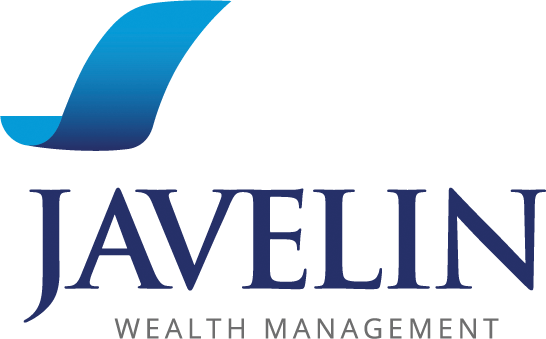Aug 06, 2025 in Financial Planning, Legacy Planning
The Decades That Decide: Turning Income Into Freedom, Not Just Numbers

In the past, retirement used to sound like a finish line. Today, it’s more like reaching a crossroads—one shaped by personal goals, financial realities, and above all, the decisions you make during your highest-earning decades.
The average life expectancy in Singapore now exceeds 80 years. This makes a retirement of 25–30+ years increasingly the norm. Yet just 34% of Singaporeans describe their retirement preparedness as “good,” and 27% say they have no plan at all. Research by DBS (2024) found that, on average, individuals expect to exhaust their retirement savings 13 years before they reach life expectancy.
The latest OECD data reveals that, even in advanced countries, median retirement savings often cover just 9–12 years of expected expenses—leaving a potential gap of more than a decade if people stop work at the traditional age.
But perhaps the most surprising statistic is behavioral: Almost half of Singaporeans admit they only get “serious” about retirement less than five years before stopping work. In the United States, “unretirement” is on the rise: 16% of recent retirees have returned to work, according to a 2024 EBRI survey.
The income you earn during your 30s, 40s, and 50s holds outsized influence—they’re the decades of highest earning potential, but also the highest risk of lifestyle inflation. Studies by the U.S. Federal Reserve and OECD consistently find that as incomes rise, savings rates often plateau or decline, with larger expenses keeping pace.
In this climate, effective wealth management is less about predicting the next hot sector or locking into rigid schemes. It’s about consistent, adaptable strategies—optimizing investments for your goals and checking in regularly.
If you’re wondering how to translate this into action, consider these three steps:
Tackle Lifestyle Inflation Early:
As your income rises, intentionally set aside a fixed percentage for saving or investing before upgrading your lifestyle. Automate these transfers—research shows you’re less likely to spend what you never see in your checking account.
Start with a Simple Projection:
You don’t need complex spreadsheets. Use basic retirement calculators to estimate your needs and spot any gaps, then revisit these figures annually. Early awareness lets you course-correct with small, manageable changes rather than last-minute sacrifices.
Schedule Annual Financial Reviews:
Treat your finances like you would your health—yearly check-ups are essential. These reviews help catch “financial drift,” ensure you stay on track with your priorities, and give you room to adjust strategies in response to changing markets or life events.
These are the decades that decide—not because the finish line is looming, but because each intentional step extends and multiplies your freedom later. The accumulation years lay the foundation for everything that comes next. Thoughtful management during these decades turns income into opportunity and lasting peace of mind, no matter how you define success.
And with life expectancies and global uncertainty both rising, the best asset isn’t just your bank balance. It’s the plan that ensures you aren’t just wealthy—you’re genuinely free to choose your next act.


